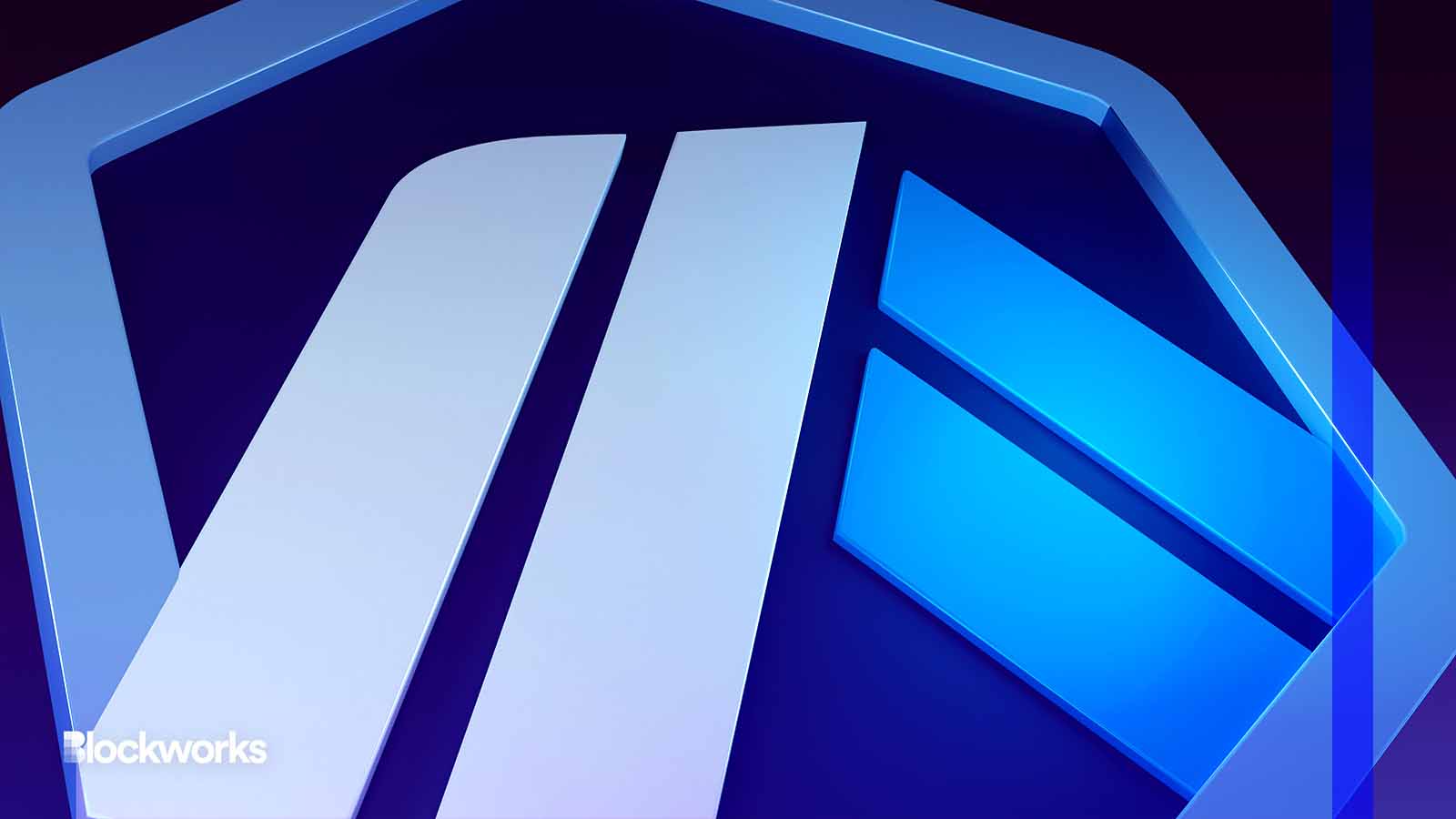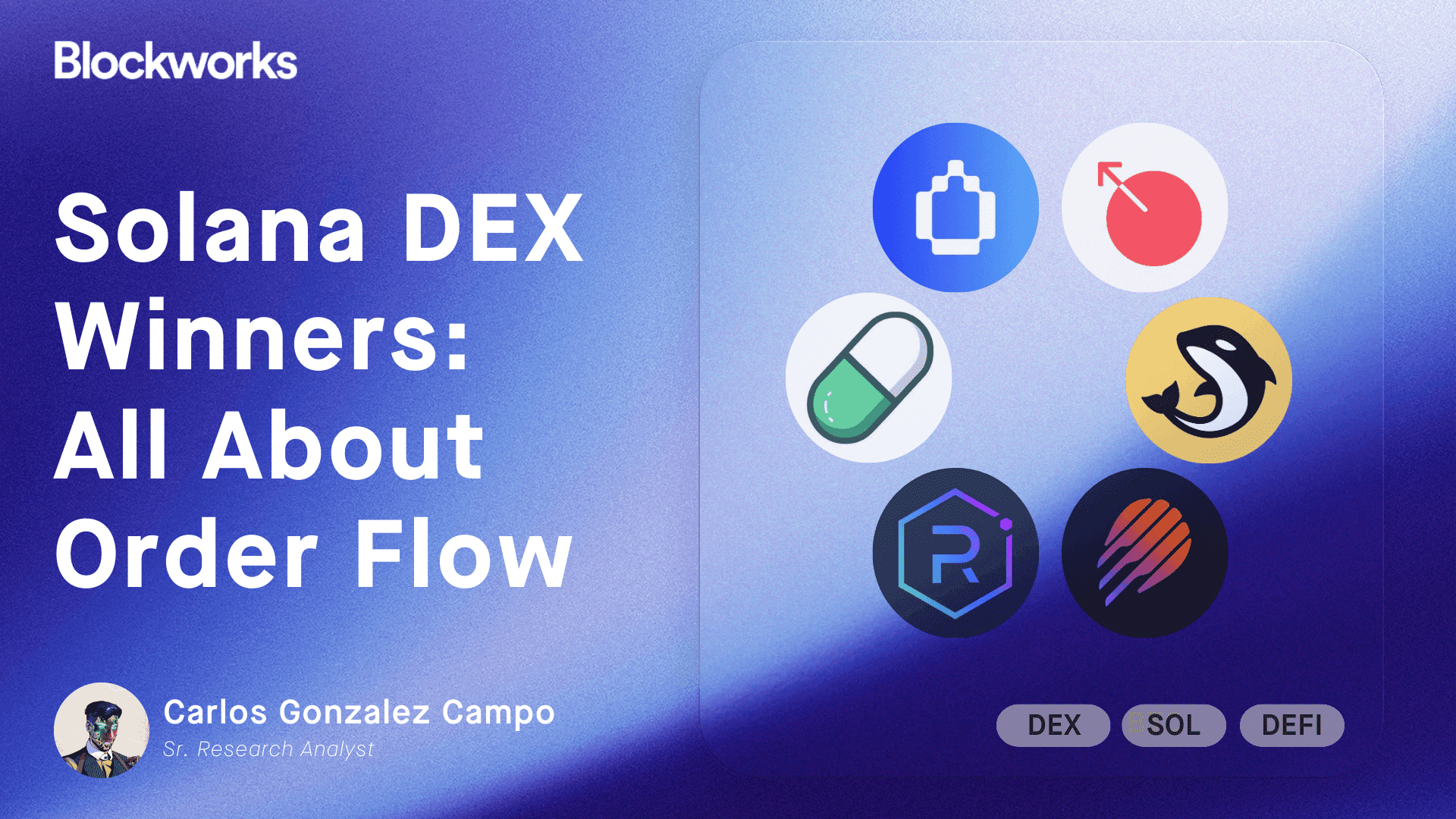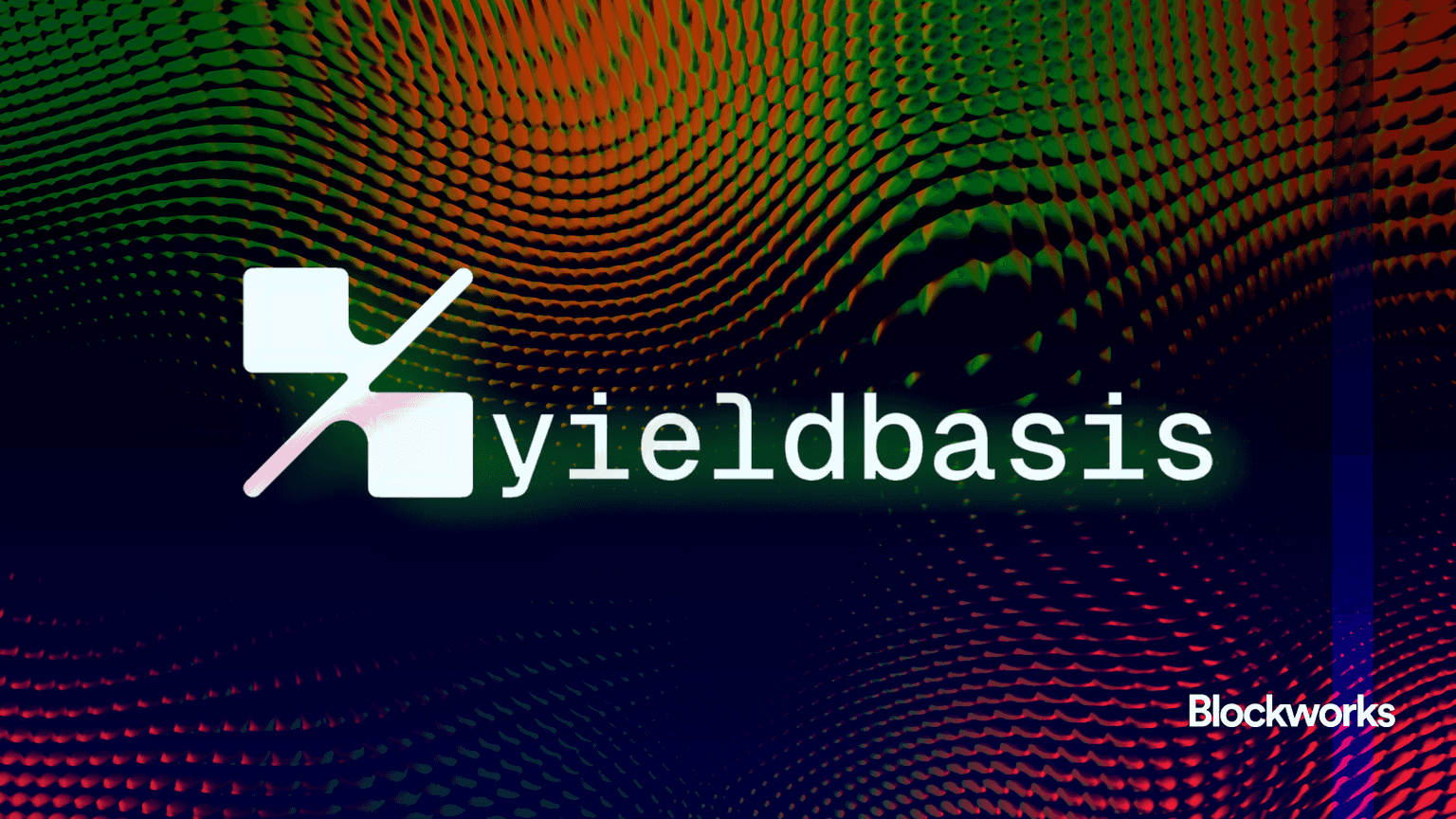Arbitrum DAO looking to bet $40M on network protocols
More than 100 Arbitrum ecosystem projects have already applied for grant funding

CryptoFX/Shutterstock modified by Blockworks
The DAO that governs Ethereum layer-2 network Arbitrum is currently voting to determine whether or not it should invest 50 million ARB ($41 million) into active projects in its ecosystem.
An initial snapshot temperature check saw over 65% of participating ARB token holders voting in favor of allocating 50 million ARB to ecosystem participants. 35% of ARB token holders voted to allocate 25 million ARB, and no ARB holders voted against a short-term incentive program.
According to information available on DeFiLama, Arbitrum currently has a market cap of $1.7 billion and a market cap to total value locked (TVL) ratio of 0.64.
The proposal was drafted following community calls and active workshops between Arbitrum stakeholders and will span between two voting rounds where projects applying for grants will be reviewed.
Four different types of grants will be available to Arbitrum ecosystem contributors. The smallest grant, Beacon, will distribute 200,000 ARB per grant and will require the project to have been on Arbitrum for at least 2 months and have an estimated trading volume of at least $1.5 million. Siren Grants, which will give out up to 750,000 ARB, expect the project to have been live on Arbitrum for at least 4 months and have a $4 million TVL.
Lighthouse Grants will hand out less than 2 million ARB tokens, and eligible projects must have been live on Arbitrum for at least 6 months and either have a $15 million TVL or a $100 million 30-day trading volume.
The largest category of grants, Pinnacle Grants, will hand over 2 million ARB tokens to projects that have been live on the network for at least one year and have either a $30 million Arbitrum network TVL or a $200 million 30-day cumulative trading volume.
The voting period for the proposal will end on Oct. 9. During this time, ecosystem participants can submit grant proposals for their projects. DAO participants will have until Oct. 3 to review all the proposals, and a voting period to determine which projects should receive funding will begin on Oct. 4 and end on Oct. 11.
So far, a total of 105 different projects have applied for grant funding, information compiled by Blockworks Research shows. This means Arbitrum DAO members must independently review all proposals within the week and determine which projects should be funded.
The short-term incentive program will be a one-time distribution. Recipients will be required to keep ARB distributions and will not be able to convert the tokens to other assets or participate in any governance activities.
A 5/9 multi-signature wallet will be established and will have the capability to retrieve funds from projects that violate the agreement and stream funds to selected projects on a bi-weekly basis.
Grant recipients will be held accountable by reporting data and dashboards and providing performance insights on a regular basis. Each project that receives funding must create Dune dashboards that show daily TVL, transaction volumes, unique addresses and transaction fees, unless otherwise specified in the application.
Get the news in your inbox. Explore Blockworks newsletters:
- The Breakdown: Decoding crypto and the markets. Daily.
- 0xResearch: Alpha in your inbox. Think like an analyst.






